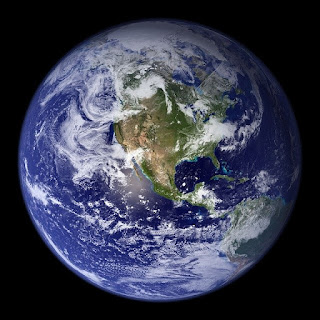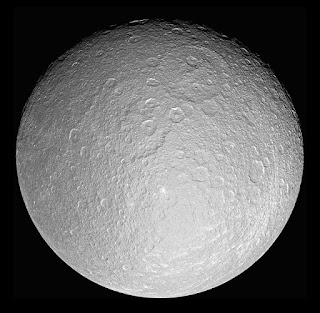PROXIMA CENTAURI NEAR PLANET IN OUR SOLAR SYSTEM
PROXIMA CENTAURI THE UNIVERSE
NEAR PLANET TO OUR SOLAR SYSTEM
Power search for habitable worlds will inevitably leads us outside of our own system. This poses tremendous challenge, because as far away as the other planets and moons in this system are, this distance is utterly insignificant compared to vast distances to other stars. We will certainly need to innovate new methods of probe propulsion in order to get there in a reasonable amount of time.
PROXIMA CENTAURI EARTH LIKE PLANET
But we will achieve this, and what we do, where will we go first?
The most logical destination once we achieve the capacity for installer travel will be the closest star to our moon. If we look to centaurus, a constellation in the southern sky, we found this closest star. Or technically, not the single closest, but rather, three stars that are extremely close together, which as a whole, represent the system that is closest to our sun. This triple star called the alpha centauri system. The closest of the star is called proximus centauri, named as such because of its proximity, and this is almost certainly gravitationally bound to the other two, which are called alpha alpha centauri A, alpha centauri B, which together from a binary system.
So how far away are these nearestneighbors?
The fastest probe we have a built world take over 50,000 year to get there. Even light, travelling at the universal speed limit, would take more than 4 years to get there. Proxima centauri is 4.23 light years away, wild the alpha centauri stars are 4.32 and 4.37 light years away. But if we can invent a new method of propulsion, like fusion, or solar sails, or some other incredible new technology, it's possible that we could get three with in a human life time.
SEARCHING FOR LIFE ON PROXIMA CENTAURI
So what will we find when we get there?
When we would reach proximus centauri first.
This is a dim red dwarf star, so it's very tiny and cool, as for as stars go. It was only 20% of our sun's, and it's radius is around 50% of our sun's. It has one planet that we call proximus centauri b, which is therefore the closest exoplanet to us, or the closest planet outside of our solar system. It is roughly Earth sized, and has a orbital period of around 11 Earth days. Its orbital radius is around 0.05 astronomical unit, or 5% of Earth's orbital radius. Even though it is so close, because of the star is so much smaller and cooler than ours, proxima centauri is actually seeds in the habitable zone of its star, which means it could harbor liquid water. Based on density calculation, it seems like click that it has a rocky surface, potentially with features that would be similar to us, making it even more reasonable that this will be the first planet we set foot on outside of our solar system.
The surface temperature depends on the rate of planets rotation. Proxima centauri B may rotate in 3:2 reasonance with its star, which would allow for a relatively smooth distribution of heat from the star as the planet rotates. But the planet may also be tidally locked, exhibiting synchronous rotation, meaning that the same side always faces its star, I like the way the same side of the Moon always faces the Earth. This would make one side very bright and hot and other side very dark and cold. The habitability of a planet will depend greatly on which of these turns out to be correct. The atmosphere will also be factor, and this will depend on the strength of planet's magnetic field. The weaker the magnet field is, the more likely it is that activity from its star will have stripped away the atmosphere. More stronger the magnetic field is, the more likely it is to have retained an atmosphere, despite stellar activity.
Leave you look continue to learn more about this planet in the coming decades. There is also some evidence of another planet, named proxima centauri C, that may be orbit at 1.5 astronomical unit, which is extremely far from its star relative to orbit of proxima centauri B. However more data will have to be gathered to verify its existence. Beyond this, there are two dost belts around the star, one at around 1 to 4 astronomical unit, and on other at around 30. Together, these planets, one confirmed and one unconfirmed, and some accompanying features make this quiet and interesting system.
If we were continue from here, it would not be too long before we reach alpha centauri. As we said, these makeup binary star system, which means two stars that are quiet close together, orbiting around their centre of mass, in this particular case once every 80 earth years.
Research shows that it is impossible to reach the proxima centauri. But in future, when our technologies get more advanced, we can set foot on other planets.





Comments
Post a Comment